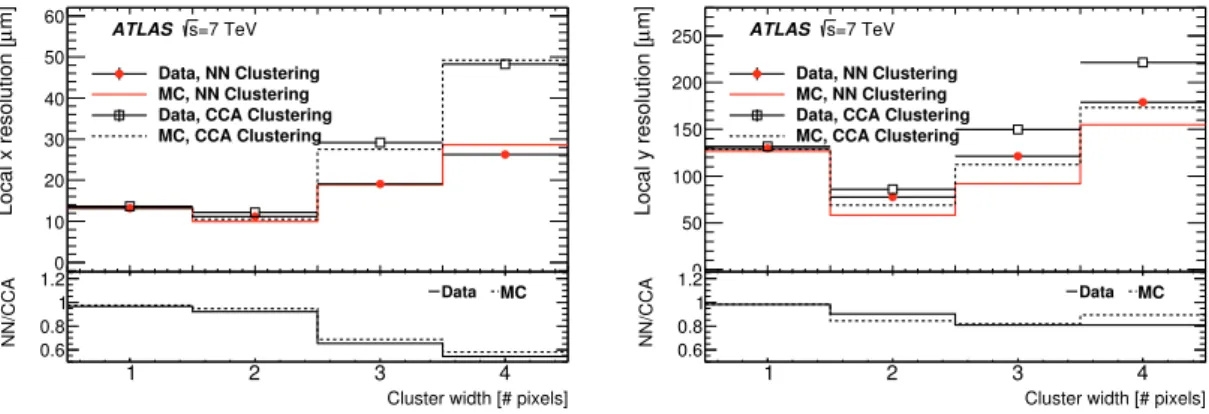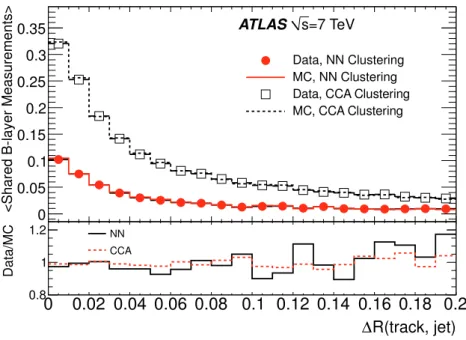A neural network clustering algorithm for the ATLAS silicon pixel detector
Texto completo
Figure
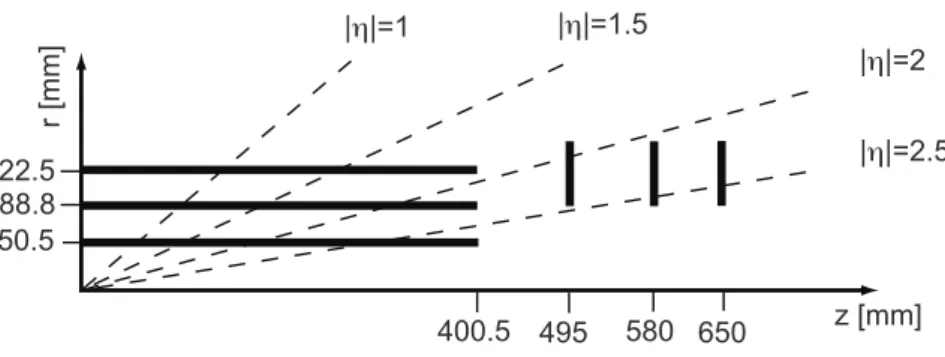
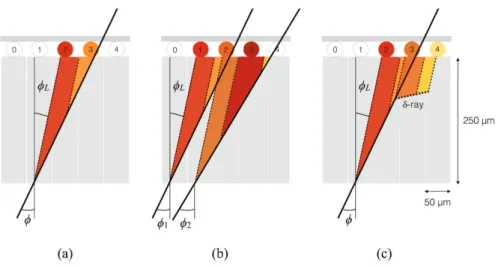
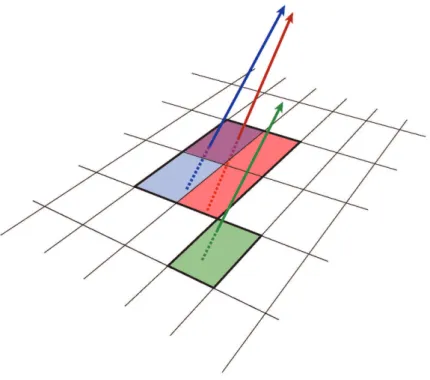
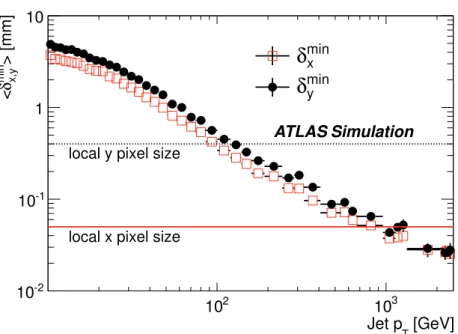
Documento similar
56: Also at KFKI Research Institute for Particle and Nuclear Physics, Budapest, Hungary 57: Also at Kyungpook National University,
Figure 5: All science instruments and the AO system are located on the Nasmyth platforms and will be available at all times.. Starlight can be directed to each instrument by
41: Also at Adiyaman University, Adiyaman, Turkey 42: Also at Izmir Institute of Technology, Izmir, Turkey 43: Also at The University of Iowa, Iowa City, USA 44: Also at
78 Department of Physics and Astronomy, University College London, London, United Kingdom. 79 Louisiana Tech University, Ruston
59: Also at KFKI Research Institute for Particle and Nuclear Physics, Budapest, Hungary 60: Also at Kyungpook National University,
Lebedev Physical Institute, Moscow, Russia 42: Also at California Institute of Technology, Pasadena, USA 43: Also at Budker Institute of Nuclear Physics, Novosibirsk, Russia 44: Also
57: Also at KFKI Research Institute for Particle and Nuclear Physics, Budapest, Hungary 58: Also at Kyungpook National University,
The contribution is the result of a study carried out at the Department of Architecture of the Polytechnic School of the University of Palermo, aimed at identifying, reviewing



